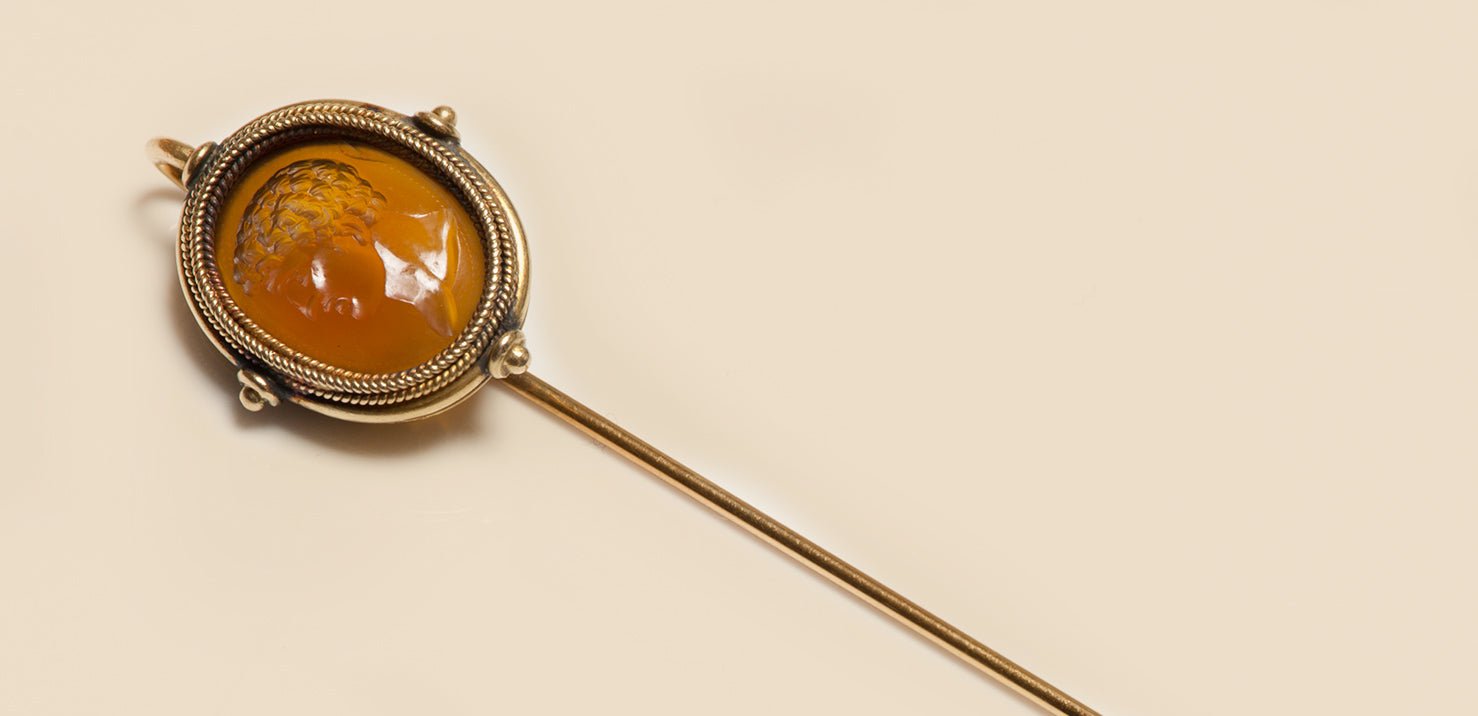Fun Facts in History: Russians Who Ate with Gold Spoons Envied Those Who Used Aluminum Ones
Some are carefully made out of gold or silver and decorated with precious stones. Others are thousands of years old. No, we are not talking about jewelry, but about... spoons.
Nowadays, the spoon is a common object, but, in ancient times, it has been an object of worship and a symbol of wealth at the tables of the high-class society.
Many of the most interesting or beautiful spoons in the world are exhibited in a Russian museum. The museum collection includes several thousand artifacts - rare and unusual – from all eras and 80 countries around the world.
The Universe of Spoons
Among them, a spoon of Old Believer-pilgrim from Solovetsky monastery, spoons of the First World War, coffee spoons of the early XX century, spoons made by Nytva Metallurgical Plant of 40s - 50s, set for people with disabilities, spoons of German builders of a gas pipeline in Ocher, cast iron spoon for the casting of cannonballs of 19 century, trophy spoons of the German army of the World War II, etc.
The museum displays the spoons of special intended use (ladle, skimmer, spoons for garnish, spices, pastry, for lobsters, olives, absinthe, cocktail, rice, tea brewing, honey, kiwi, etc.), spoons not intended for food (shoe, souvenir, medical instruments, musical instruments, toy, magnets). Many of the most interesting or beautiful spoons in the world are exhibited in a Russian museum.
The museum collection includes several thousands of artifacts - rare and unusual – from 80 countries.
The museum displays the spoons of special intended use (ladle, skimmer, spoons for garnish, spices, pastry, for lobsters, olives, absinthe, cocktail, rice, tea brewing, honey, kiwi, etc.), spoons not intended for food (shoe, souvenir, medical instruments, musical instruments, toy, magnets).
The Museum in Nytva, Russia, Charts the Genesis of the Spoon Itself
It is believed that the spoon came into being thousands of years ago when men started to look for ways to eat hot liquid food. Walnut halves and shells were, we could say, the "ancestors" of spoons, thousands of years ago. But the oldest known spoons - which we find in this museum in western Russia - are from the 7th - 9th century AD. They are made of metal and people of those times drew sacred animals on them.
"These spoons were not used every day, they were used for eating on special occasions, during certain ceremonies - the initiation of boys into warriors, a wedding, the death of a leader. Such spoons could be used to feed the spirits to appease them," Larisa Rogova, museum guide said, according to Pro Tv.
Over time, spoons have become true works of art. They were made of precious metals, especially silver, and they were used to enjoy jams, honey, or fruit salads.
At the turn of the 19th century, however, the spoon's design evolved and it started to be made with aluminum, which was considered a coveted metal at the time.
"The production output was so small while the investment into it was so big that aluminum was more expensive then than gold. The first aluminum cutlery was made by a jeweler, especially for the French emperor Napoleon III. At one of the dinners, the emperor's family was using the aluminum spoons with pride, while the courtiers enviously looking at them used silver ones and gold-plated," Larisa Rogova explained.
Because the museum is located in the town of Nytva, where spoons were once made, visitors can also learn how the manufacturing technologies evolved. There are about 40 techniques.
The museum has 15,000 visitors annually.

















